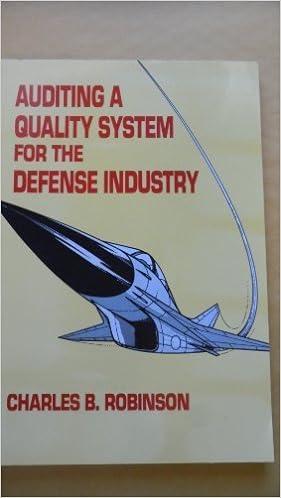Question
It is late June, and Sandra, head of operations at Mintendo, and Bill, head of sales of We R Toys, are about to get together
It is late June, and Sandra, head of operations at Mintendo, and Bill, head of sales of We R Toys, are about to get together to discuss production and marketing plans for the next six months. Mintendo is the manufacturer of the popular Game Girl hand-held electronic game that is sold exclusively through We R Toys retail stores. The second half of the year is critical to Game Girls success, because a majority of its sales occur during the holiday shopping period.
Sandra is worried about the impact that the upcoming holiday surge in demand will have on her production line. Costs to subcontract assembly of the Game Girls are expected to increase, and she has been trying to keep costs down given that her bonus depends on the level of production costs.
Bill is worried about competing toy stores gaining share during the Christmas buying season. He has seen many companies lose their share by failing to keep prices in line with the performance of their products. He would like to maximize the Game Girl market share.
Both Sandra and Bills teams produce a joint forecast of demand over the next six months, as shown in Table 1.
| TABLE 1 Demand for Game Girls | ||
| Month |
| Demand Forecast |
| July August September October November December |
| 100,000 110,000 130,000 180,000 250,000 300,000 |
We R Toys sells Game Girls for $50 apiece. At the end of June, the company has an inventory of 50,000 Game Girls. Capacity of the production facility is set purely by the number of workers assembling the Game Girls. At the end of June, the company has a workforce of 300 employees, each of whom works eight hours of nonovertime at $15/hour for 20 days each month. Work rules require that no employee work more than 40 hours of overtime per month. The various costs are shown in Table 2.
| TABLE 2 Costs for Mintendo/We R Toys | ||
| Item |
| Cost |
| Material cost Inventory holding cost Backlog cost Hiring and training costs Layoff cost Labor hours required Regular-time cost Overtime cost Cost of subcontracting |
| $12/unit $4/unit/month $10/unit/month $3,000/worker $5,000/worker 0.25/unit $15/hour $22.50/hour $18/unit |
Sandra, concerned about controlling costs during the periods of surging demand over the holidays, proposes to Bill that the price be lowered by $5 for the month of September. This would likely increase Septembers demand by 50 percent due to new customers being attracted to Game Girl. Additionally, 30 percent of each of the following two months of demand would occur in September as forward buys. She believes strongly that this leveling of demand will help the company.
Bill counters with the idea of offering the same promotion in November, during the heart of the buying season. In this case, the promotion increases Novembers demand by 50 percent due to new customers being attracted to Game Girl. Additionally, 30 percent of Decembers demand would occur in November as forward buying. Bill wants to increase revenue and sees no better way to do this than to offer a promotion during the peak season.
QUESTIONS
Which option delivers the maximum profit for the supply chain: Sandras plan, Bills plan, or no promotion plan at all?
How does the answer change if a discount of $10 must be given to reach the same level of impact that the $5 discount received?
3. Suppose Sandras fears about increasing outsourcing costs come to fruition and the cost rises to $22/unit for subcontracting. Does this change the decision when the discount is $5?
please I need the excel file too.
Step by Step Solution
There are 3 Steps involved in it
Step: 1

Get Instant Access to Expert-Tailored Solutions
See step-by-step solutions with expert insights and AI powered tools for academic success
Step: 2

Step: 3

Ace Your Homework with AI
Get the answers you need in no time with our AI-driven, step-by-step assistance
Get Started


